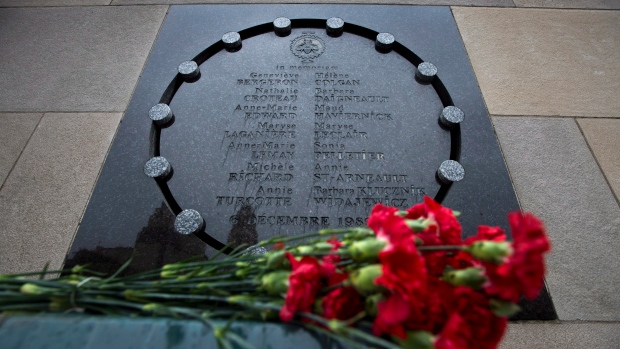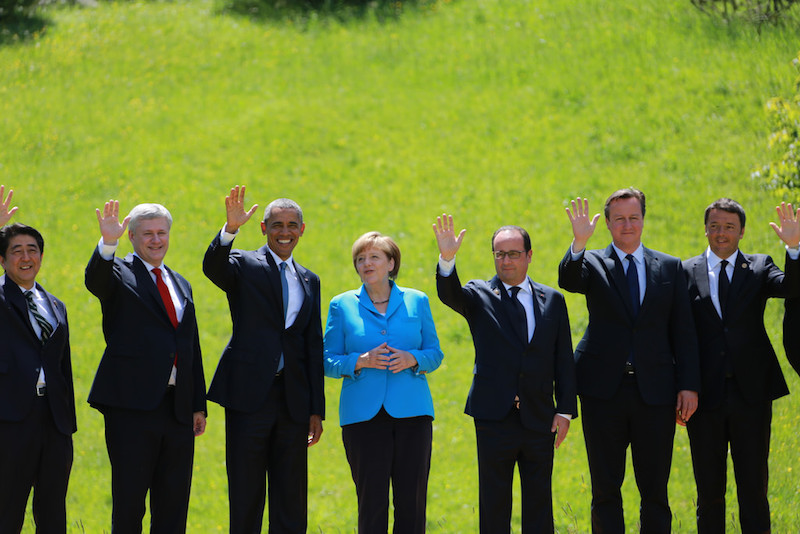On June 18th, 2019, a group of heavily-armoured Englishmen will greet a cabal of Afghans in heated battle. They will, of course, be meeting at Old Trafford Cricket Ground to play the twenty-fourth match of this year’s Cricket World Cup. Their encounter will be only the second time that Afghanistan, appointed a major non-NATO ally (MNNA) in 2012, will be contesting England (NATO member under the United Kingdom). Their previous exchange was at the last Cricket World Cup in 2015, which saw England crash out in a dismal group stage finish, while Afghanistan made their debut at world cricket’s premier tournament.
The last four years have seen a reappraisal of fortunes for both teams. Changes in England’s personnel, mindset, and batting approach have precipitated their rise to the number one ranking. They will be going into this home world cup as undisputed favourites and look poised to capture England’s first trophy in the sport they pioneered. If it was stiff and stodgy Victorian England that invented cricket almost one hundred and fifty years ago, then it can be said that this English team has reinvented the modern incarnation of the sport through their aggressive, stylish, no-prisoners-taken brand of cricket. Beyond managing their opponents on the field, perhaps the greatest challenge facing the English team will be the management of fan and media expectations off of it.
As for Afghanistan, the story of their national cricket team is perhaps the most inspiring underdog tale in all of sports-dom. With the ban on cricket only lifted in 2000 by the Taliban, the Afghanistan national team climbed the ranks from last place in the world to reach the highest echelons of global cricket. In 2015, they were the World Cup’s miracle men – lucky to get there, and lucky to participate. This time around, Afghanistan cricket is ready to do more than just idly take part in the proceedings. Indeed, having tied India and beaten Bangladesh and Sri Lanka in last year’s Asia Cup, Afghanistan will be seeking significant victories over the next several weeks, and might even go all the way.
When over three million Afghans fled their homelands to Pakistan during the Soviet invasion of the 1980s, many of them brought back with them an enduring passion for the sport of cricket. Their cricket, like their country, has been hardened by decades of war. Featuring characters such as the portly, big-hitting wicket-keeper Mohammad Shahzad, and the bombastic muscle-building all-rounder Gulbadin Naib, Afghanistan’s cricketers have passed into folklore, becoming icons and representatives of their nation’s people and history. None personifies the fearlessness and resilience of Afghan cricket more so than twenty-year old leg spinner Rashid Khan, who has already made a name for himself in domestic leagues around the world, and has risen to the number one individual ranking for bowlers (pitchers, in cricket parlance). Khan, like the rest of Afghanistan’s cricket fraternity, has been instrumental in the development of peace in his country.
The phenomena of cricket has gripped Afghanistan like little else before it. It is both unifier and the act of unification – excited children take up every inch of playing space around the country, and reports of Taliban commanders putting down their arms in exchange for bats are not so uncommon anymore. Rashid Khan, himself a survivor of conflict displacement, has been likened to African footballers playing in lucrative European leagues; his globetrotting adventures show young Afghans that cricket can provide an alternative, and transformative career option.
There is, furthermore, a geopolitical dimension to cricket in the infamous ‘graveyard of empires’. The early development of the sport was rooted in the goodwill of Pakistani administrators, who provided space, coaching, and equipment to Afghan players. But just as the nexus of Afghan diplomacy in South Asia has shifted away from Pakistan and towards India, so too has its cricket inextricably followed. India has provided over $600,000 USD to building a new stadium in Kandahar, and Afghanistan’s national team, unable to safely host matches at home, plays in exile in Dehradun. Last year, India hosted Afghanistan in the latter’s first ever Test match – a five-day version of the sport played by only twelve countries – and New Delhi sees the promotion of Afghan cricket as a critical component of its soft power strategy in Afghanistan, alongside investments in infrastructure and the spread of Indian film and music.
To understand Afghanistan, to understand Afghans, one must understand Afghan cricket and the framework by which cricket operates as a pan-Afghan force in the country. NATO, which has been involved in the region since 2003, would do well to utilize cultural mechanisms such as cricket to deepen its relationship with the people of this storied land. Cricket is a team sport, and the idea of forming reliable bowling or batting partnerships between teammates is essential to consistently winning games. More exhibition matches, such as the one held at NATO’s Kabul headquarters in 2016, would be a welcome initiative in building a similar trust with the local population.
Nothing will prove more fundamental to the longevity and success of NATO’s mission in Afghanistan than dispelling the perception of the alliance as another in a long line of invasive powers. Many have tried to use the crucial geostrategic crossways of Afghanistan to shape the international order, and just as many have failed.
In that sense, Afghanistan’s encounter with the English juggernaut on June 18th will be poetic in more ways than one. The symbolism of war and peace, drama and hope will not be lost on observers as cricket’s oldest stewards face its newest arrivals on the most celebrated of stages. It remains to be seen if Afghanistan’s ‘miracle men’ can script a new twist in the fairy tale that is Afghan cricket.
Featured Image: Rashid Khan bowling for Afghanistan in an international cricket match. (2017) by Gharwaal, via Wikimedia Commons. Licensed under CC BY-SA 4.0.
Disclaimer: Any views or opinions expressed in articles are solely those of the authors and do not necessarily represent the views of the NATO Association of Canada.




